March Walking Tour – What's in Bloom
You may be surprised to learn that many species of plants produce flowers in March, from bulbs to the lesser-known variety of perennials, shrubs and ornamental trees that offer fragrance and color in the garden. Let us explore the Gardens to learn about what’s in bloom despite the cool temperatures this time of year!
Cercocarpus intricatus
Native to Colorado and the Intermountain West, the little leaf mountain mahogany is a drought tolerant, native evergreen that blooms late March through most of April. This shrubby, slow grower is in the family Rosaceae and is not a true mahogany (family Meliaceae). In a natural setting, wildlife will forage this plant, which can encourage new growth and a fuller habit. Look for it on the north side of the Roads Water-Smart Garden.
Tulipa humilis ‘Lilliput’
When it comes to spring bulbs, tulip species (versus Dutch-bred hybrids) aren’t one of the "usual suspects" in the garden. Native to Turkey and the Caucasus, blooming at the end of March and into early April, this cultivar is hardy to zone 3. As you walk west along the Roads Water-Smart Garden, look for red blooms and foliage low to the ground on the south bed adjacent to the pathway planted among lamb’s ear (Stachys byzantina).
Galanthus nivalis ‘Flore Pleno’
(Double) snowdrop is one of the earliest bulbs to flower. Expect flowers to emerge as early as February and into March. The cultivar 'Flore Pleno' is called double snowdrops as it produces dainty, nodding double flowers. Snowdrops provide an important source of food for honeybees when few other plants are flowering. Galanthus does well under trees and naturalize by producing offsets. It is a great drought and shade tolerant early bloomer that is cold hardy to zone 3. As you near the end of Shady Lane look south to see this bulb in bloom.
Arctostaphylos × coloradensis ‘Panchito’
Stop by the Darlene Radichel Plant Select® Garden and you will find a broadleaf evergreen commonly called manzanita. It produces lovely pink small heather-like flowers which hang in small clusters from the branches. Flowers last for up to six weeks and may produce tiny apple-like berries in the summer that songbirds and small mammals enjoy eating. This plant provides shelter and cover for wildlife while leaf litter provides habitat for insects and pollinators. ;
Chaenomeles japonica
Flowering Japanese quince is a traditional garden plant which has long been enjoyed for its open, arching habit and spring flowering bright red, pink, orange or white blooms, depending on cultivar. Flowers emerge in late March and early April and are typically 1- 2 inches with bright yellow stamens. See if you can spot all seven specimens as you walk through the Japanese Garden.
Prunus tomentosa
The cherry blossoms in Washington, D.C. and throughout Japan are a worldwide known phenomenon. Did you know we have the same experience at Denver Botanic Gardens? A classic flowering ornamental, Nanking cherry has profuse fragrant pale pink blooms that you cannot miss. Note the habit and the form of the plant, which can be pruned to highlight arching habit. Enjoy several other Prunus species in bloom as you stroll through the Japanese Garden.
Pulsatilla vulgaris
Hairy flower stems emerge from the ground in spring and simultaneously purple flowers bloom as foliage begins to emerge and form. This plant, also known as Pasque flower, spreads by seed and will naturalize throughout the garden. There are many specimens to see as you stroll through the Rock Alpine Garden.
Gallery
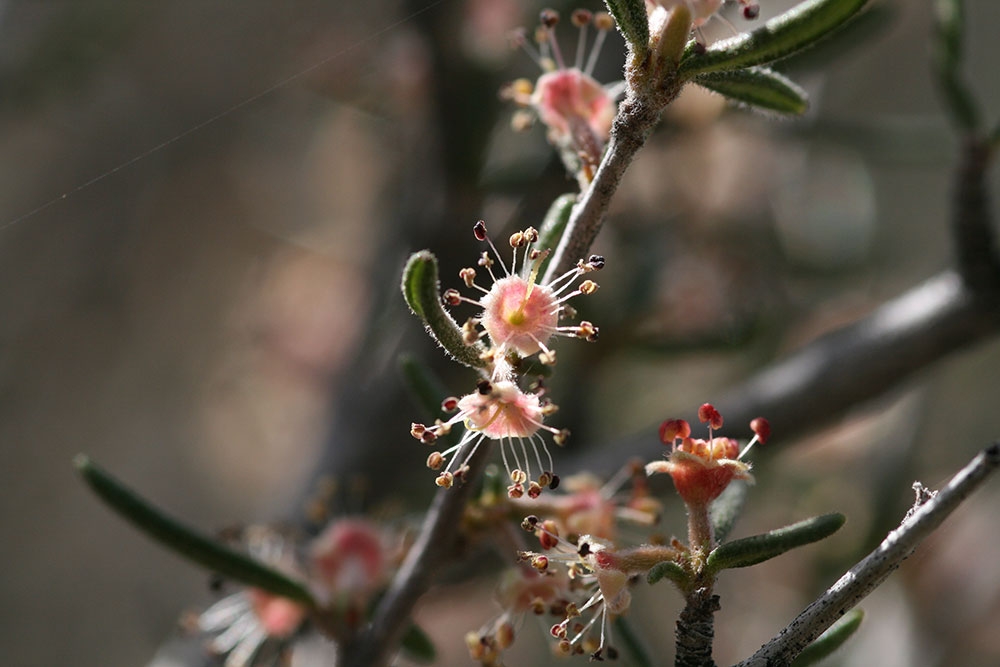

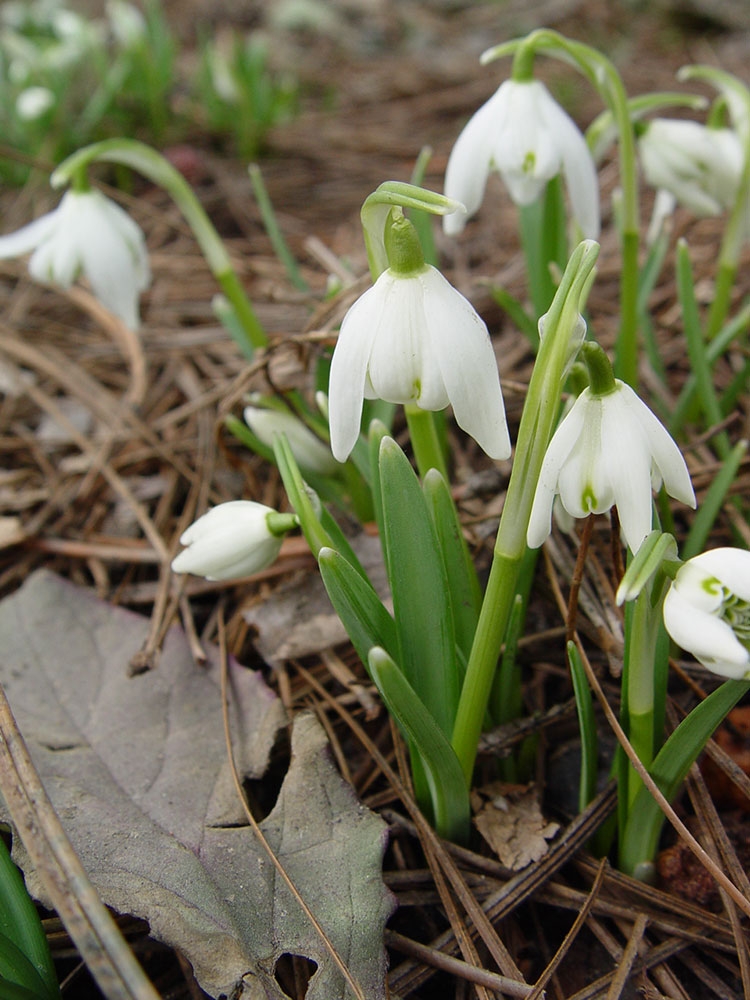
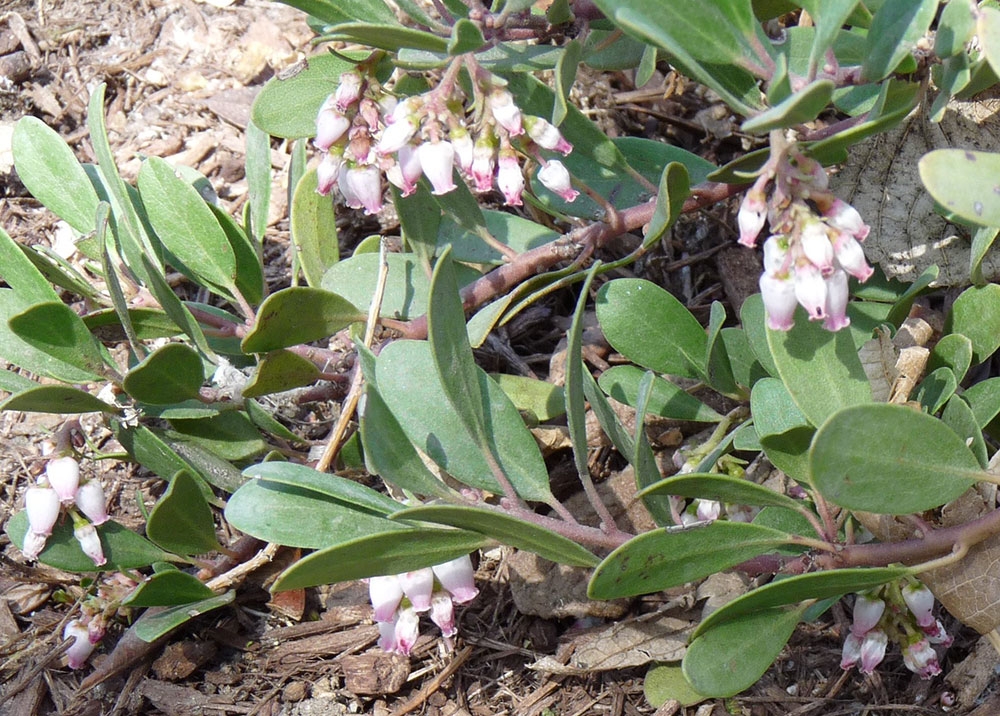
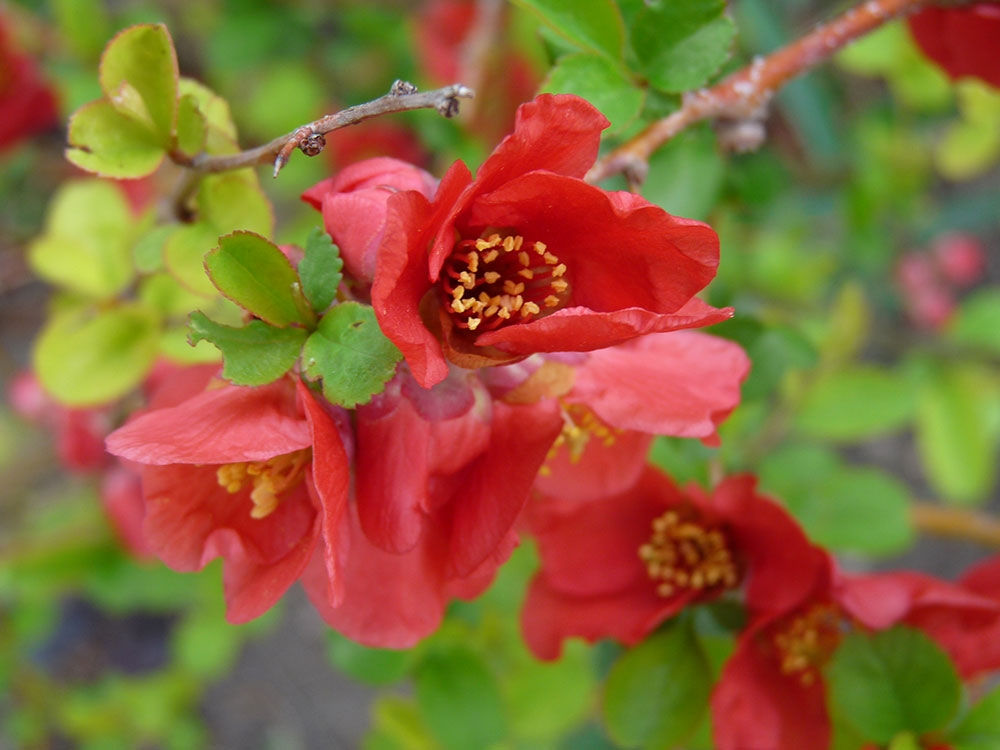
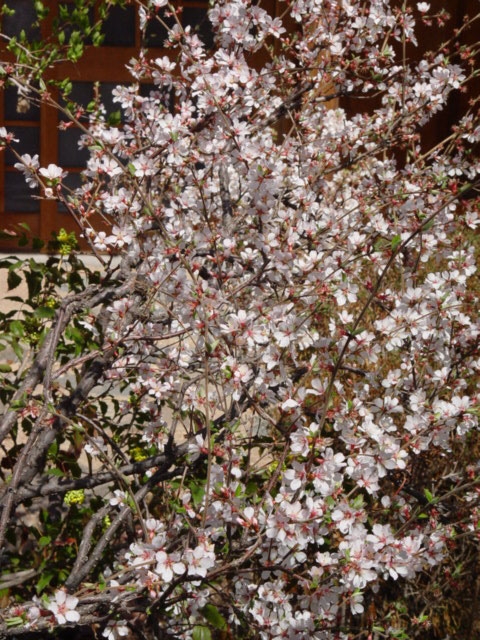
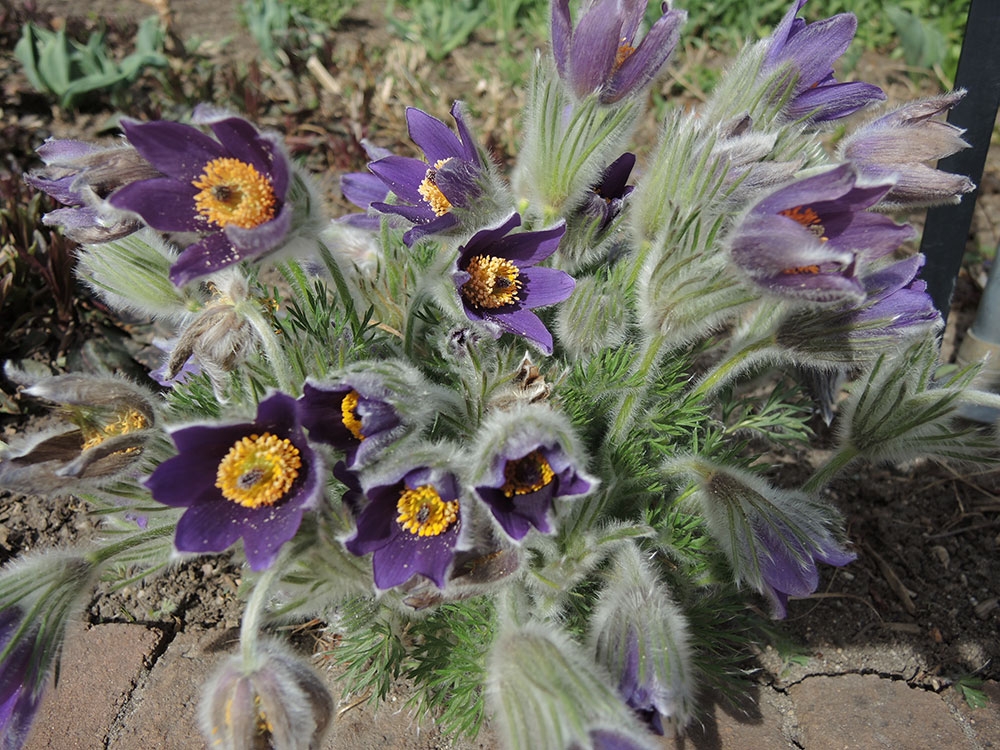
Add new comment